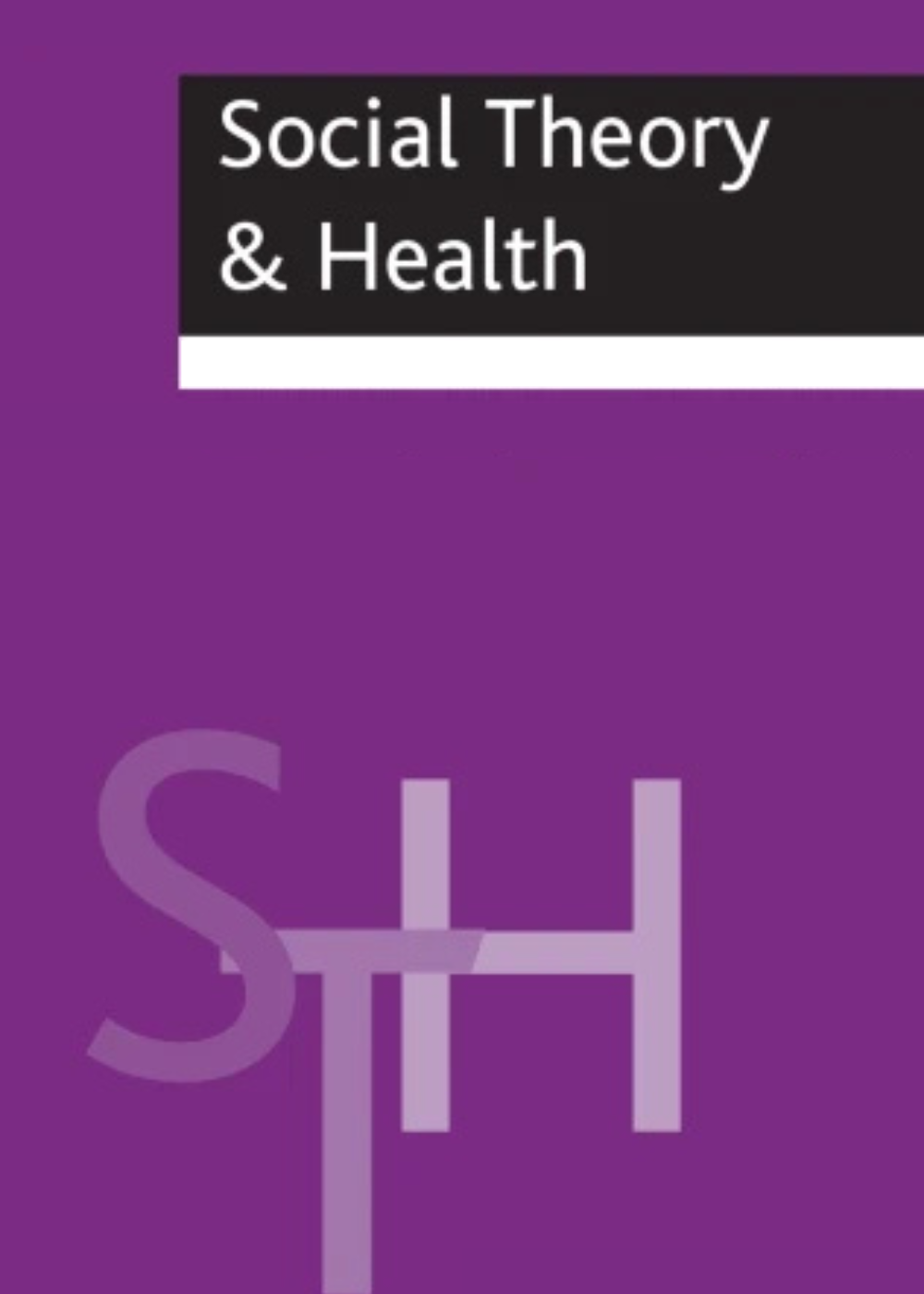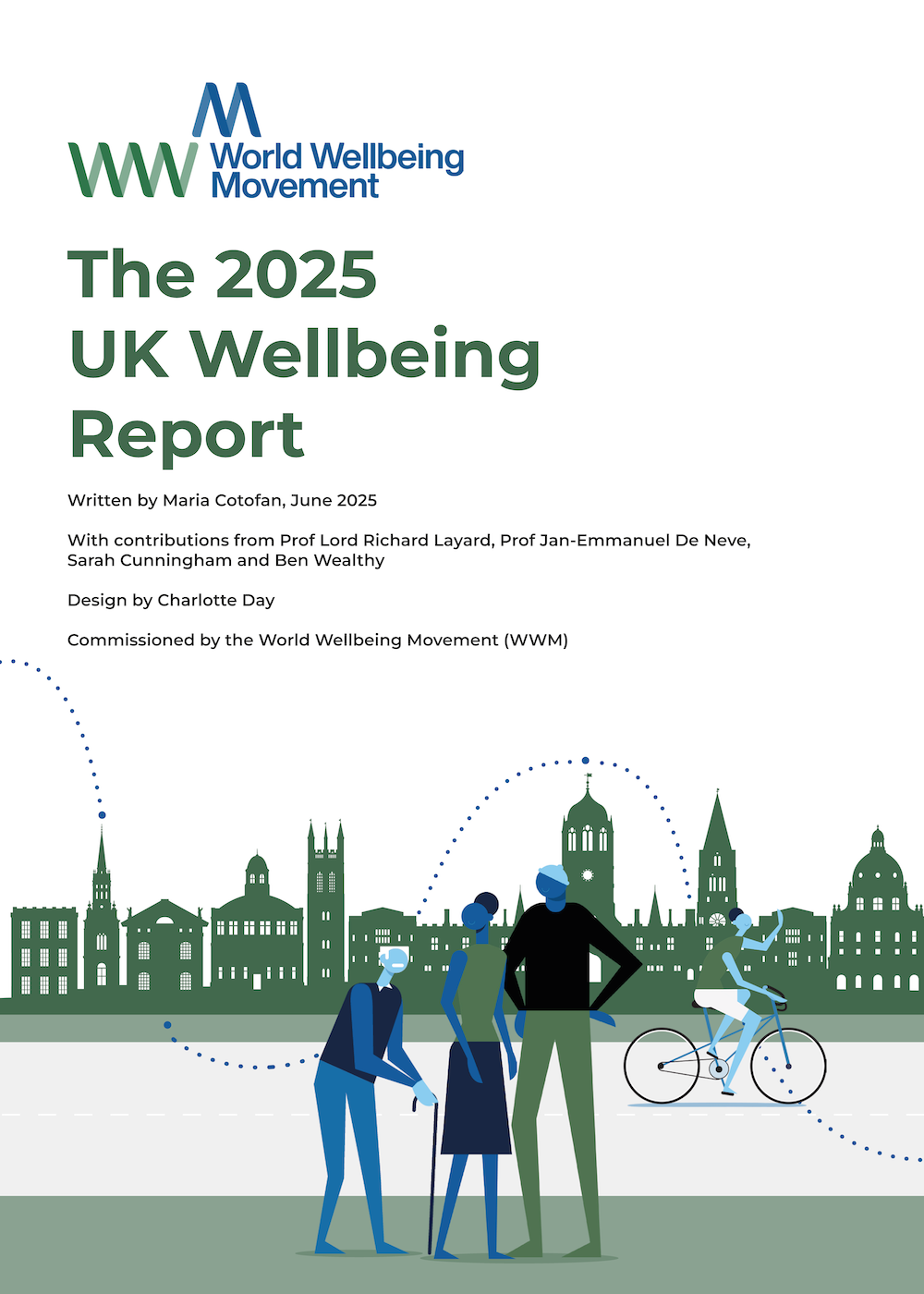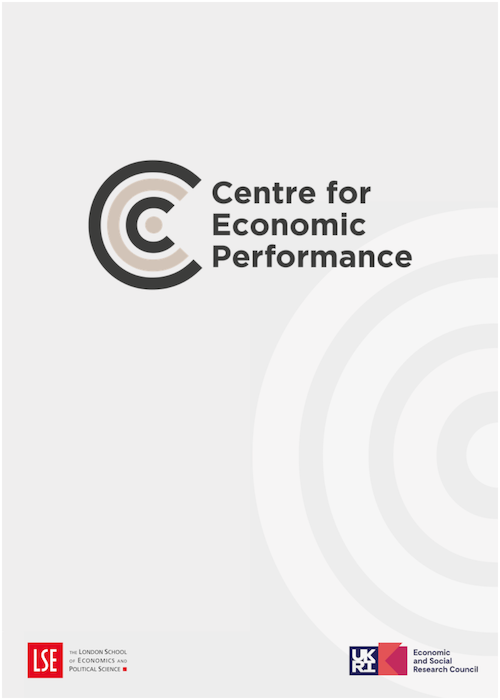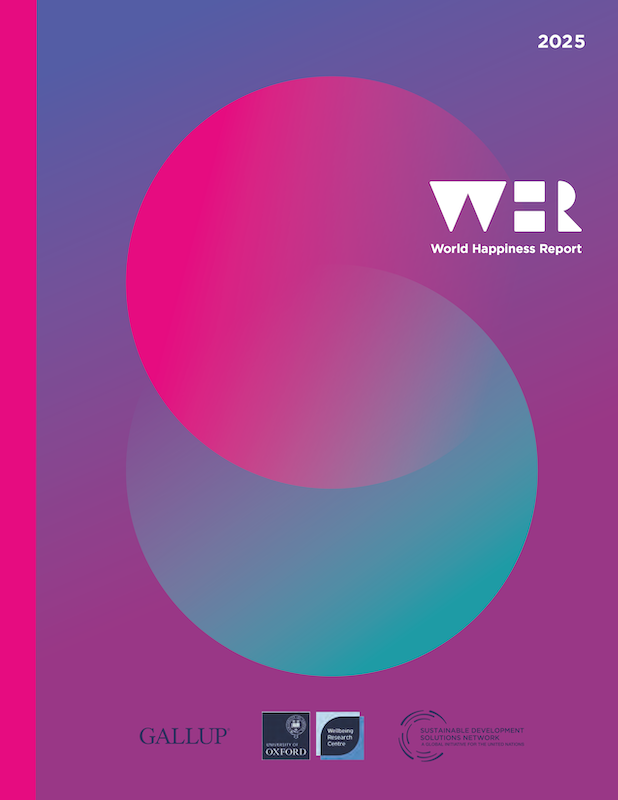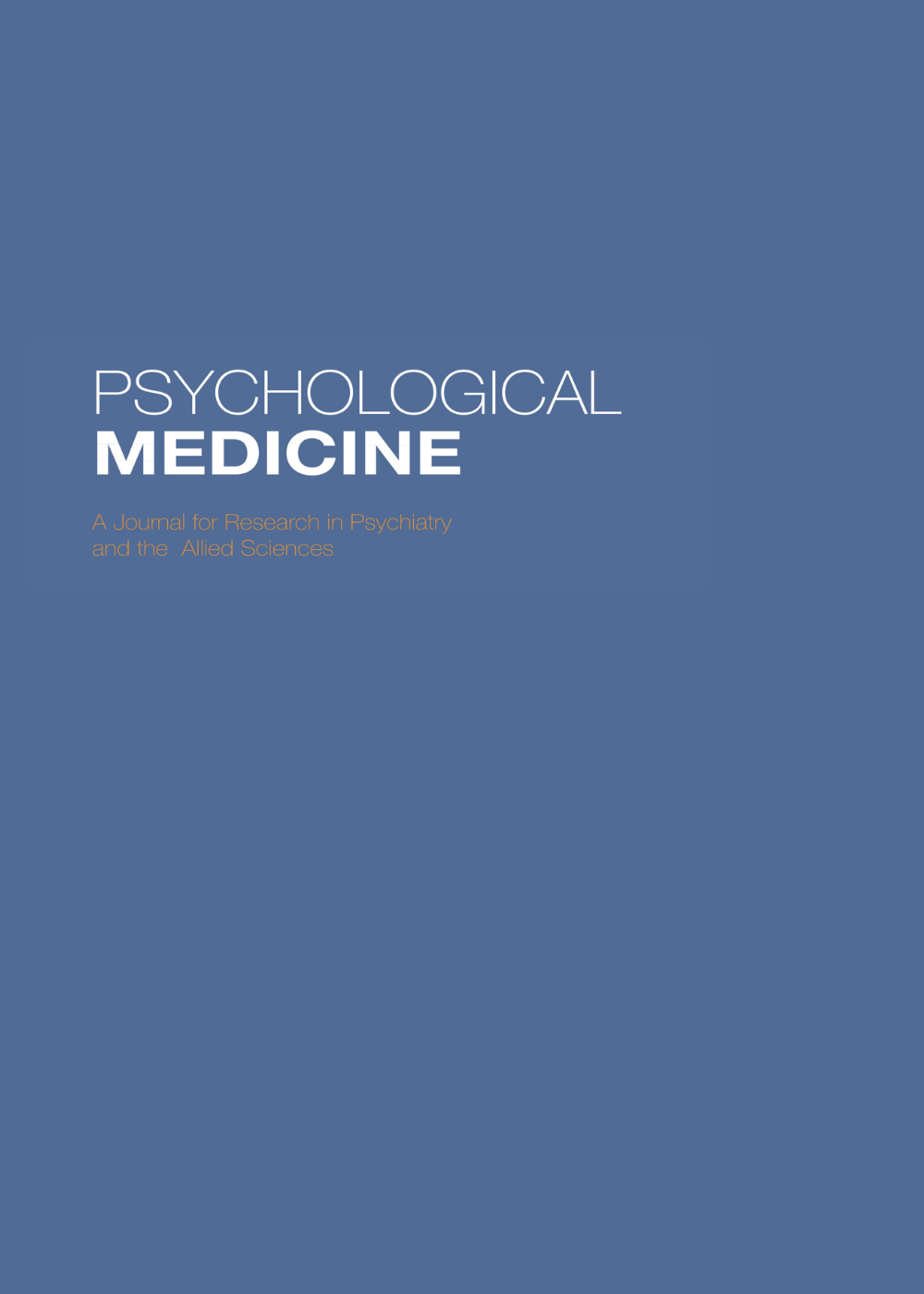
Variation in global network properties across risk factors for adolescent internalizing symptoms: evidence of cumulative effects on structure and connectivity
Psychological Medicine
Louise Black, Reihaneh Farzinnia, Neil Humphrey and Jose Marquez
Abstract
Background Identifying adolescents at risk of internalizing problems is a key priority. However, studies have tended to consider such problems in simple ways using diagnoses, or item summaries. Network theory and methods instead allow for more complex interaction between symptoms. Two key hypotheses predict differences in global network properties for those at risk: altered structure and increased connectivity.
Methods The current study evaluated these hypotheses for nine risk factors (e.g. income deprivation and low parent/carer support) individually and cumulatively in a large sample of 12–15 year-olds (N = 34 564). Recursive partitioning and bootstrapped networks were used to evaluate structural and connectivity differences.
Results The pattern of network interactions was shown to be significantly different via recursive partitioning for all comparisons across risk-present/absent groups and levels of cumulative risk, except for income deprivation. However, the magnitude of differences appeared small. Most individual risk factors also showed relatively small effects for connectivity. Exceptions were noted for gender and sexual minority risk groups, as well as low parent/carer support, where larger effects were evident. A strong linear trend was observed between increasing cumulative risk exposure and connectivity.
Conclusions A robust approach to considering the effect of risk exposure on global network properties was demonstrated. Results are consistent with the ideas that pathological states are associated with higher connectivity, and that the number of risks, regardless of their nature, is important. Gender/sexual minority status and low parent/carer support had the biggest individual impacts on connectivity, suggesting these are particularly important for identification and prevention.
